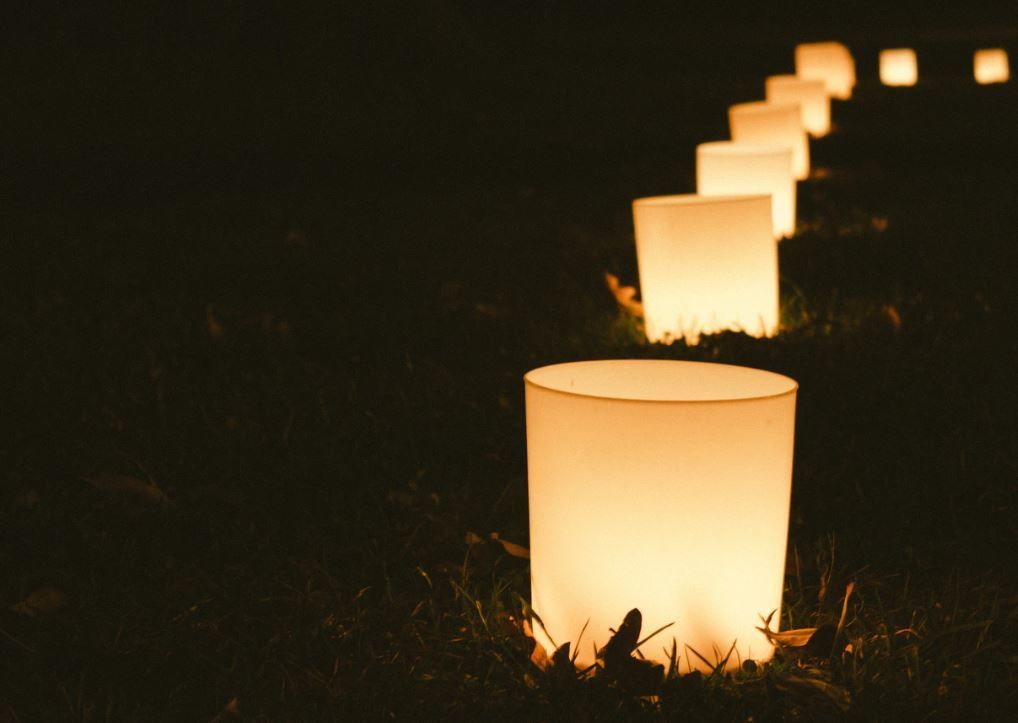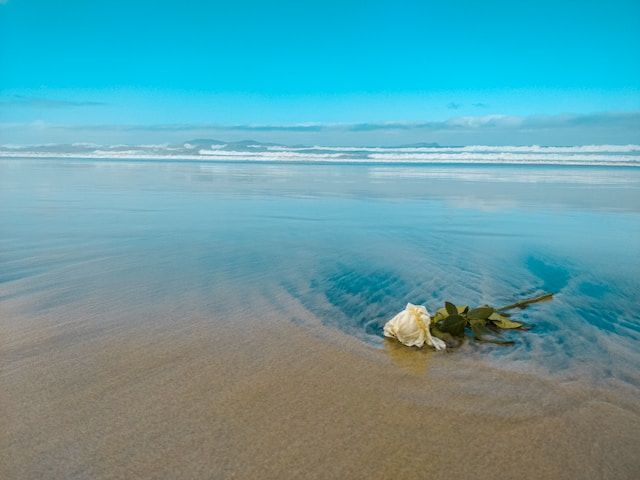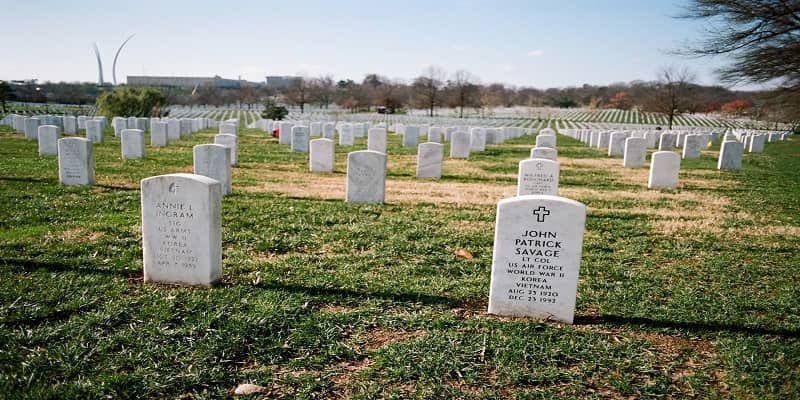All About Cremation Services
Learn all about the basics of cremation services in Bettendorf, IA, from the process itself to what comes after, to see if its right for you and your loved ones.
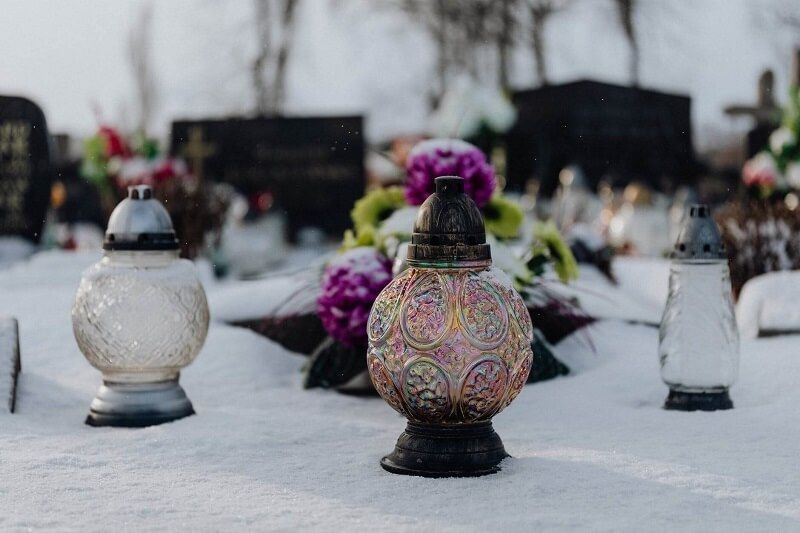
If you’re considering cremation services in Bettendorf, IA for a recently deceased loved one, or for your own eventual disposition, read on to learn more.
Though cremations have become more popular in recent years, cremations have actually been around for thousands of years, with the process improving and growing with each passing year. The cremation process itself can be broken down to three main parts: body preparation, actual cremation, and processing the ashes.
Preparation
There are a lot of steps that need to take place before a body is cremated. These steps are the body preparation. First, a funeral director needs to obtain a cremation authorization document, usually signed by the closest surviving family member. The funeral director then goes through a series of checks to ensure proper body identification to prevent ashes from ending up in the wrong place.
The body then goes through more checks and processing to remove any items that the family doesn’t want cremated with the body, or things that cannot be cremated, such as jewelry, artificial limbs or pacemakers. Once prepared, the body is put inside a cremation casket. A metal identification tag that won’t burn or melt is also placed inside the casket to help with identification. The body goes through another check, and then is ready for the cremation itself.
Cremation
A cremation chamber is usually built from fire resistant bricks and special masonry compounds specifically made to stand up to extremely high temperatures. The chamber is pre-heated, and the cremation casket with the body inside is placed in the chamber. Cremation chambers reach over 1800 degrees Fahrenheit from burners fueled by propane or natural gas. It takes around 2 to 3 hours for a body to be reduced to bone fragments and ash, but the cremation time can vary depending on factors like the body size, cremation casket material, or even the percentage of body fat to lean muscle.
Processing and After Cremation
After the incineration, the bone fragment remains are left to cool for about 30 minutes. The remains are then processed and checked again to ensure proper identification and to double check for any remaining medical debris. Next, the bone fragments are put through a processor that grinds them down into a fine ash. This final ash is what is returned to the family for funeral services or interment.
There are many different things the bereaved can do with their loved one’s cremated ashes including casting, or tossing the cremated remains into the wind; raking, a process in which the ashes are pored over loose earth and raked into the soil; trenching, or burying the ashes in a shallow grave; and water scattering, or simply scattering the ashes into a body of water.
Trimble Funeral Home & Crematory is here to help if you have more questions about Bettendorf, IA cremation services. We have years of industry experience that we would love to put at your disposal. Please stop by and visit us or give us a call to learn more about what we can do for you.

